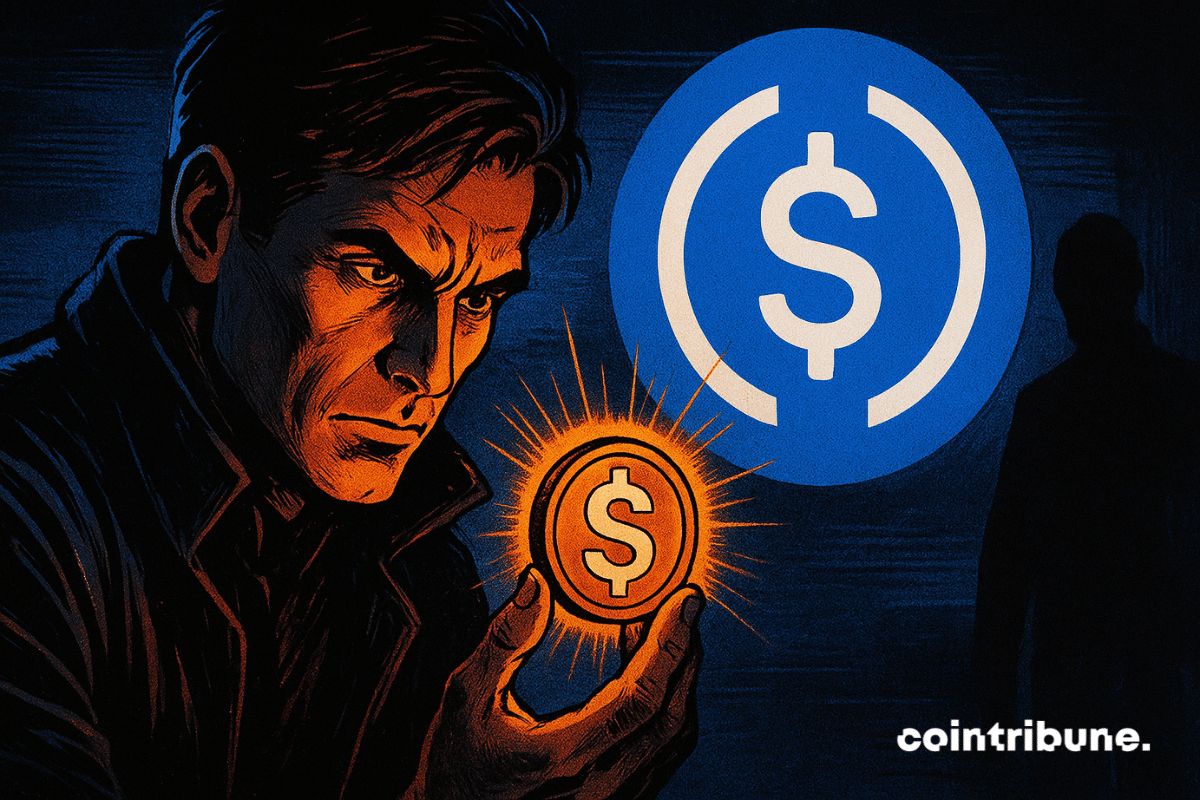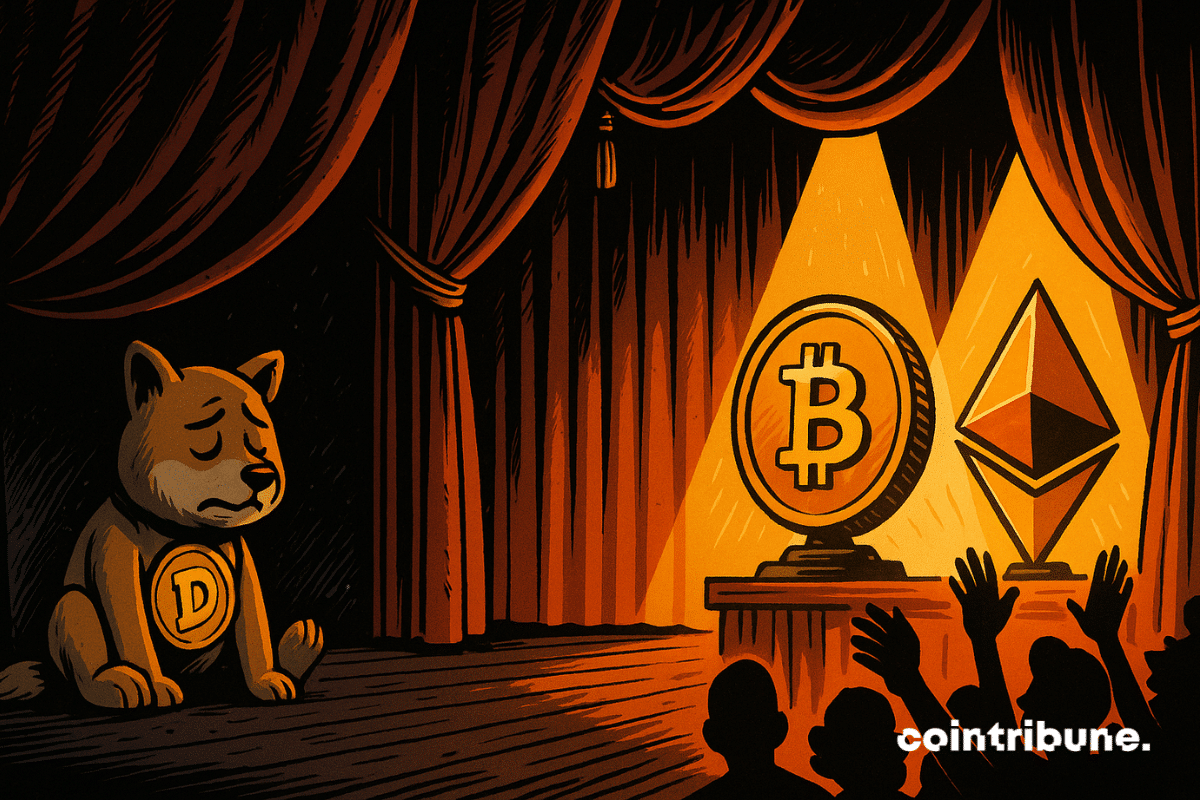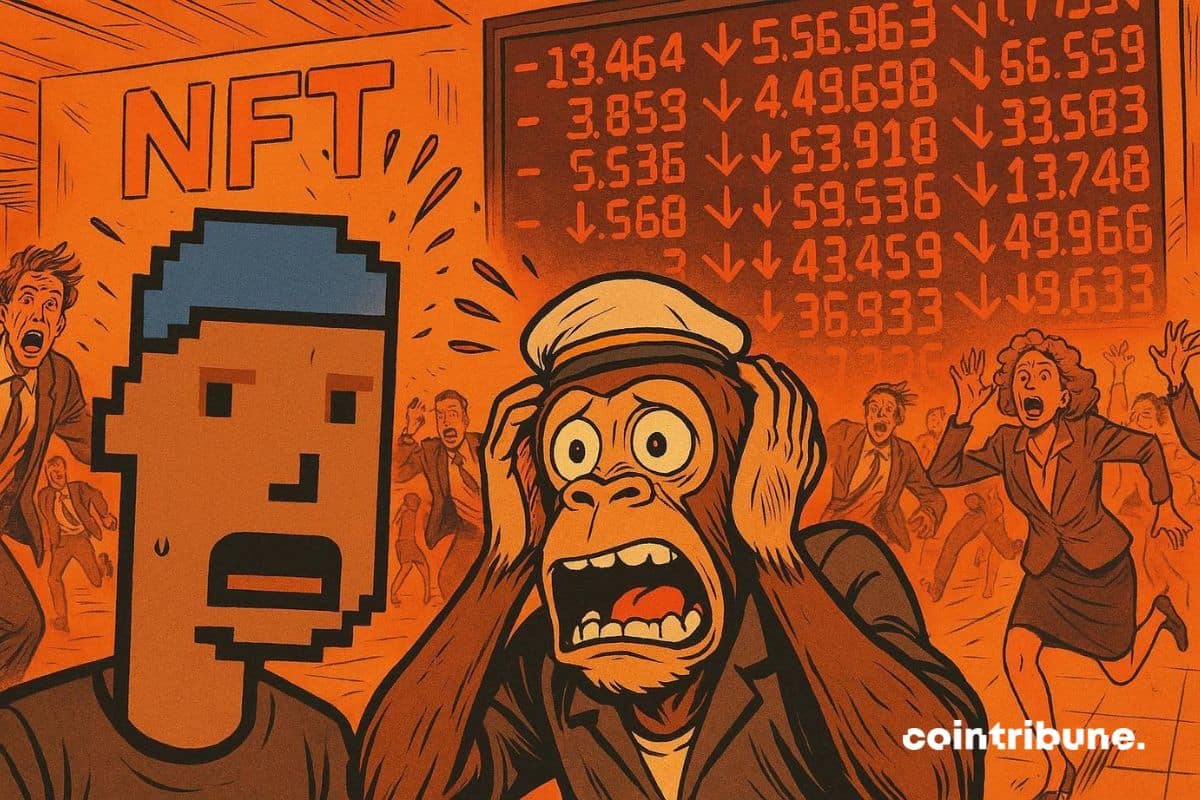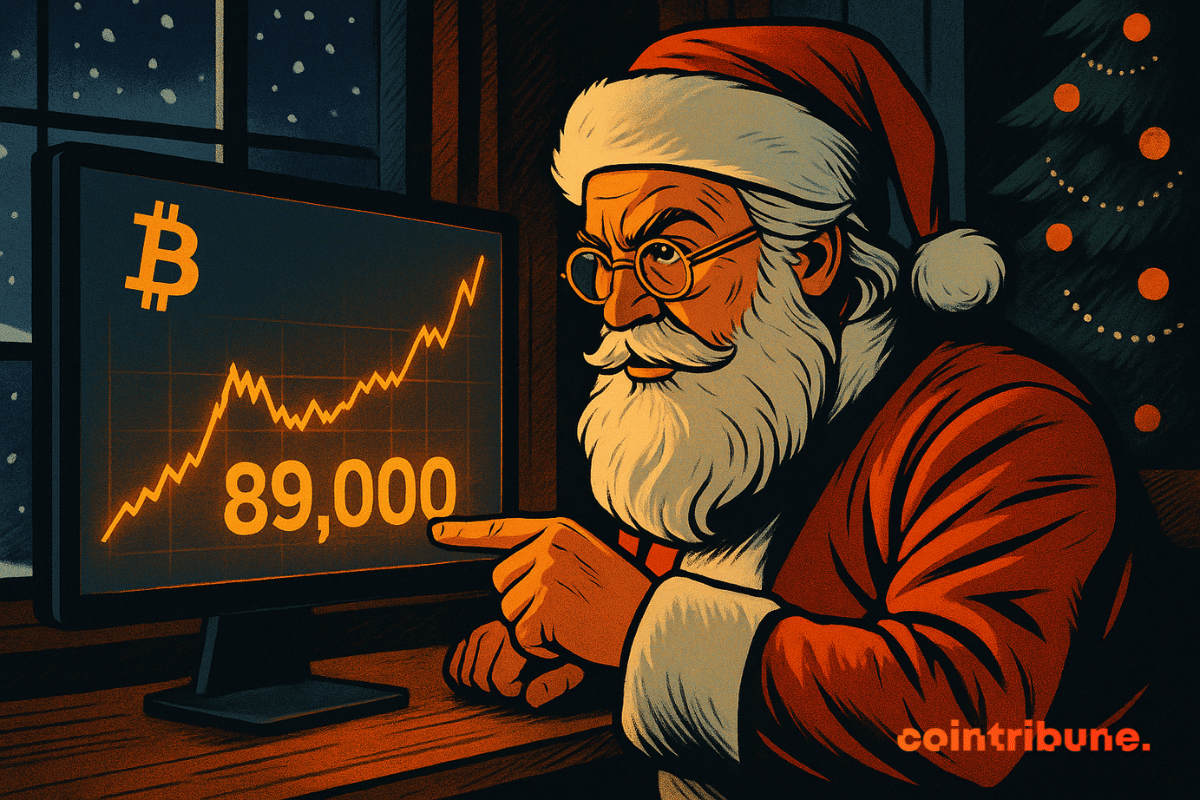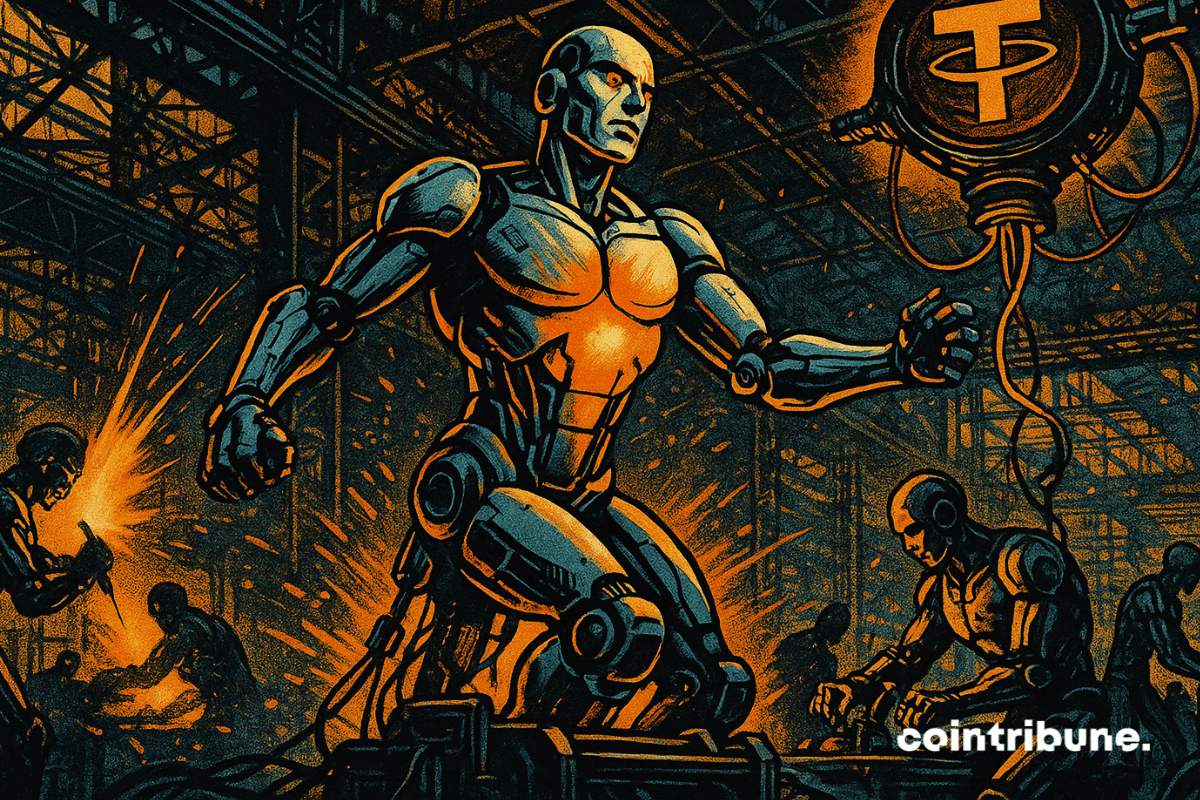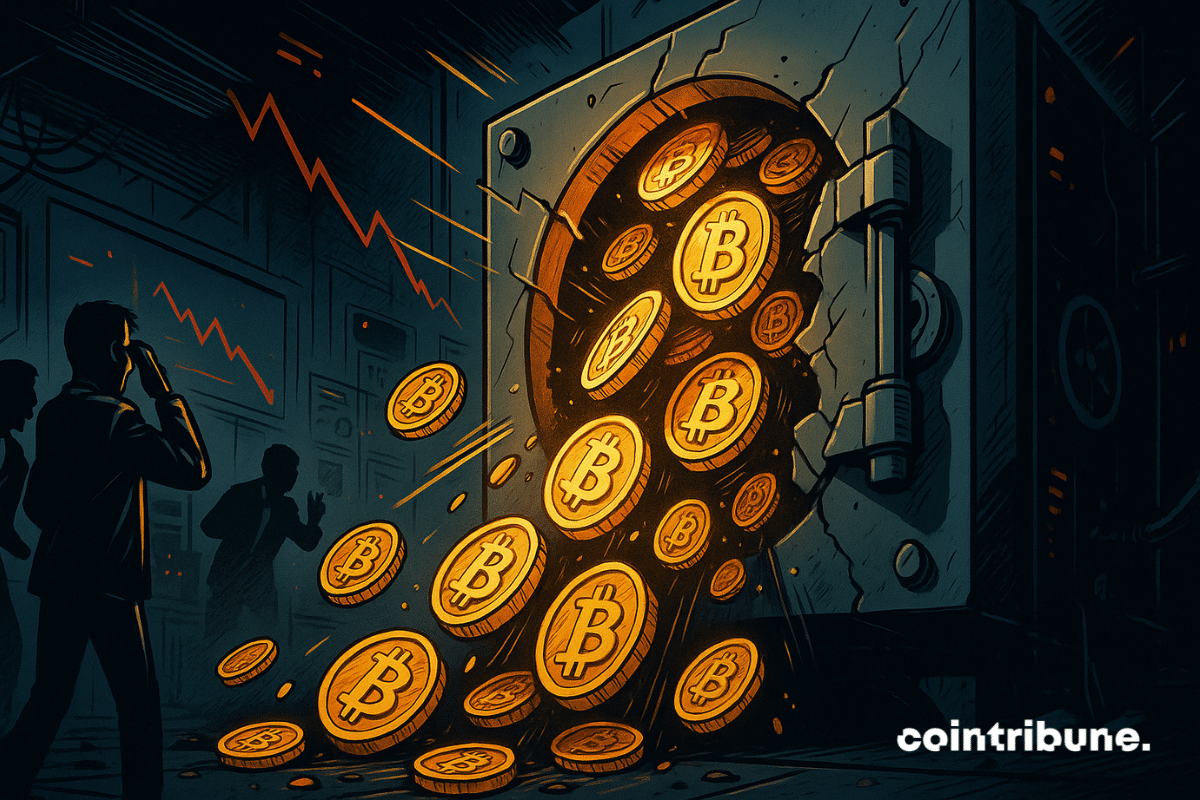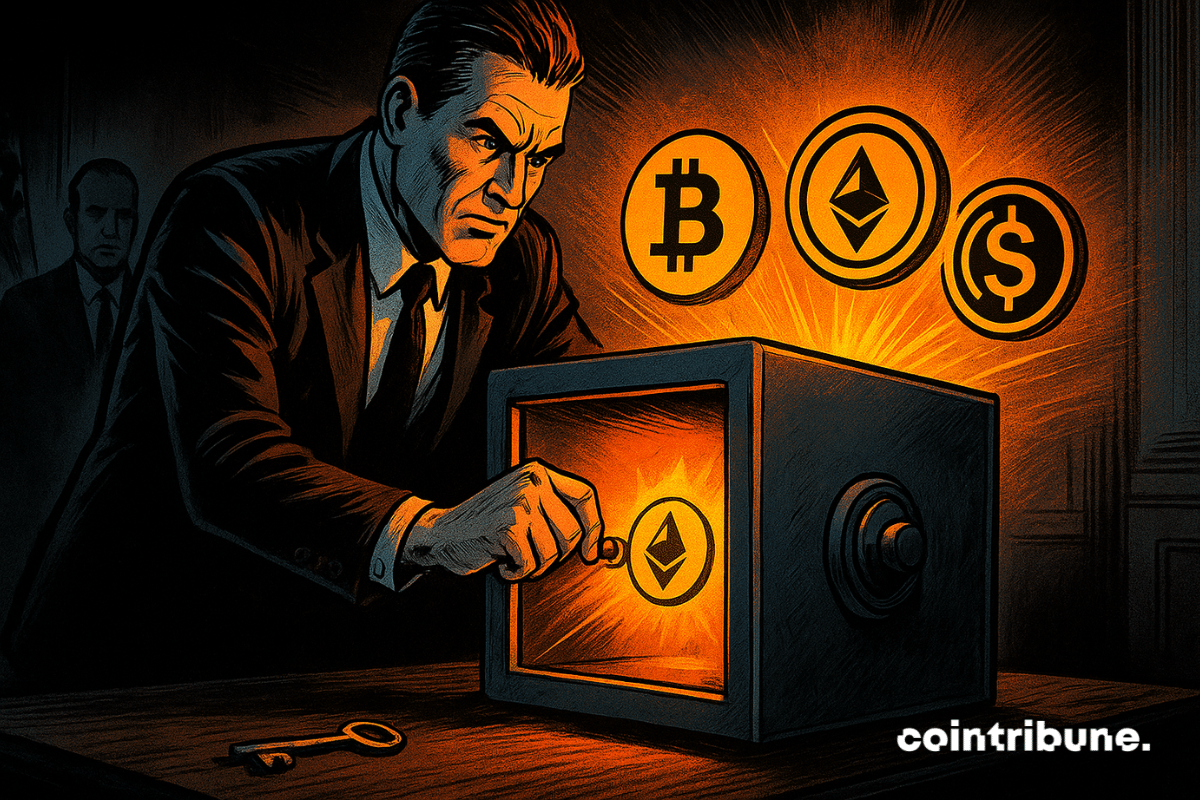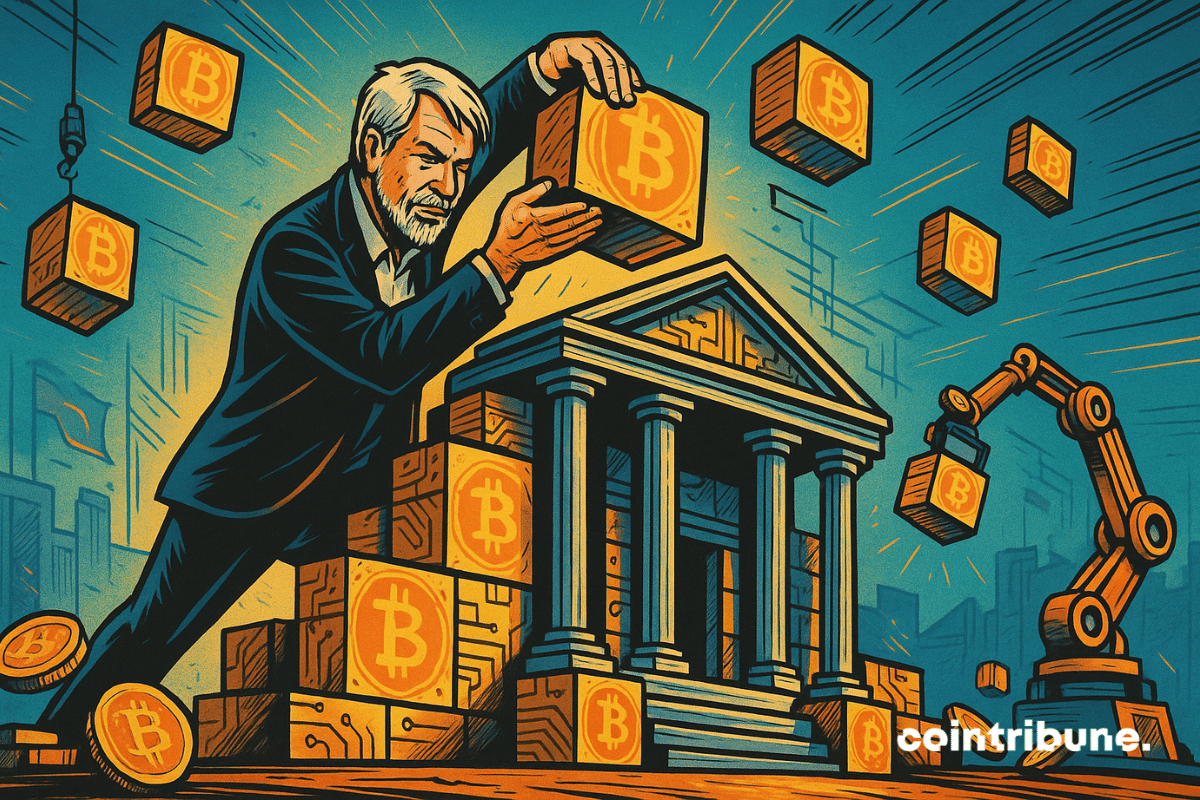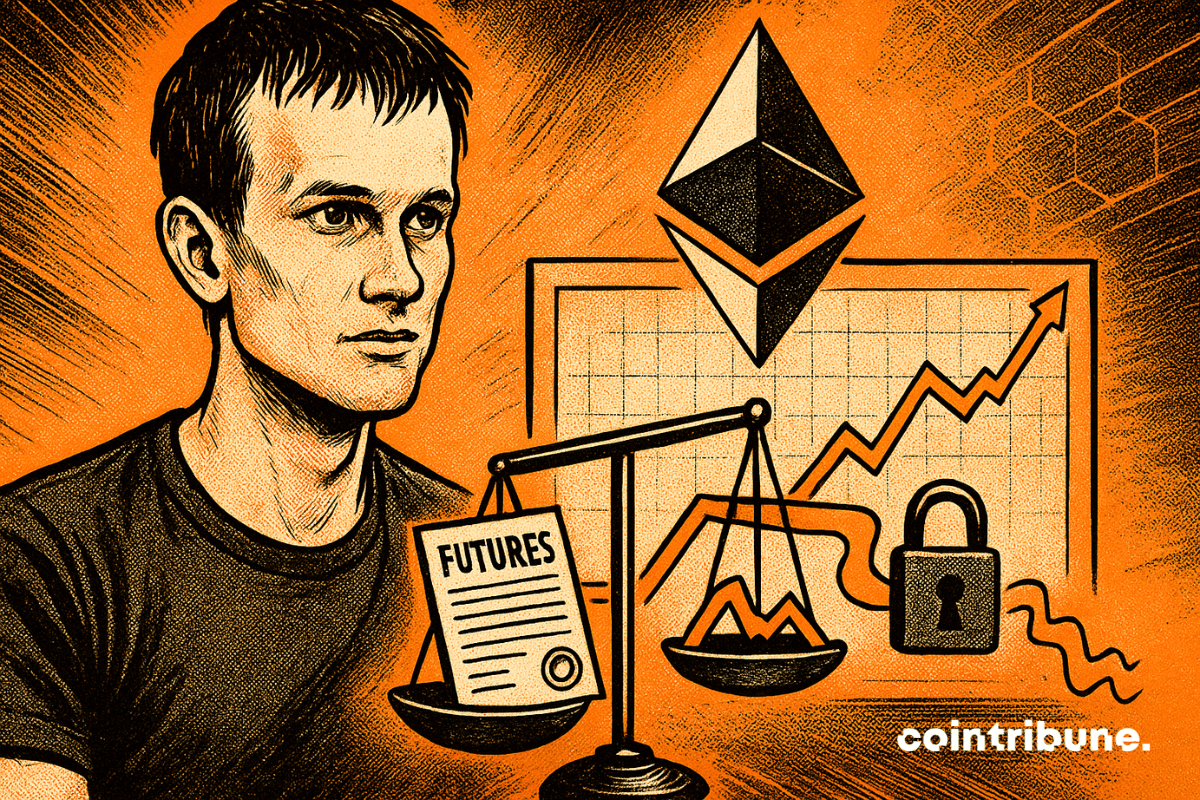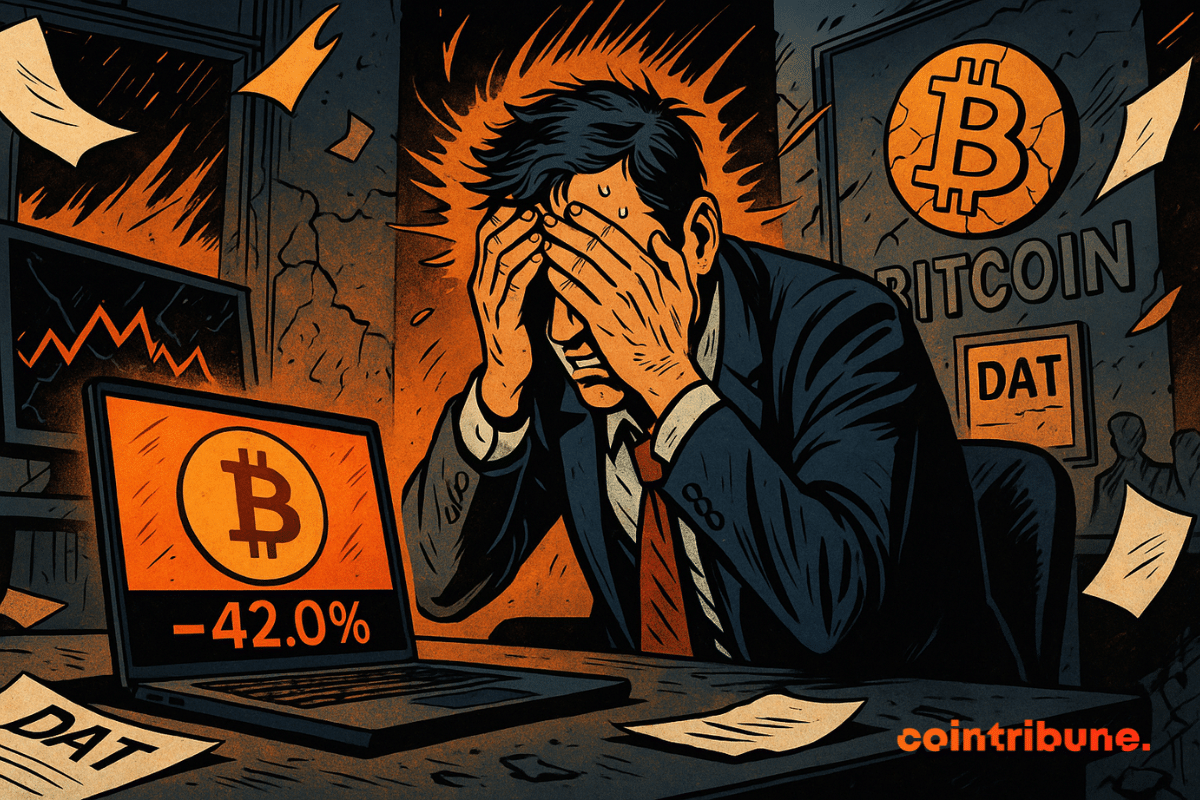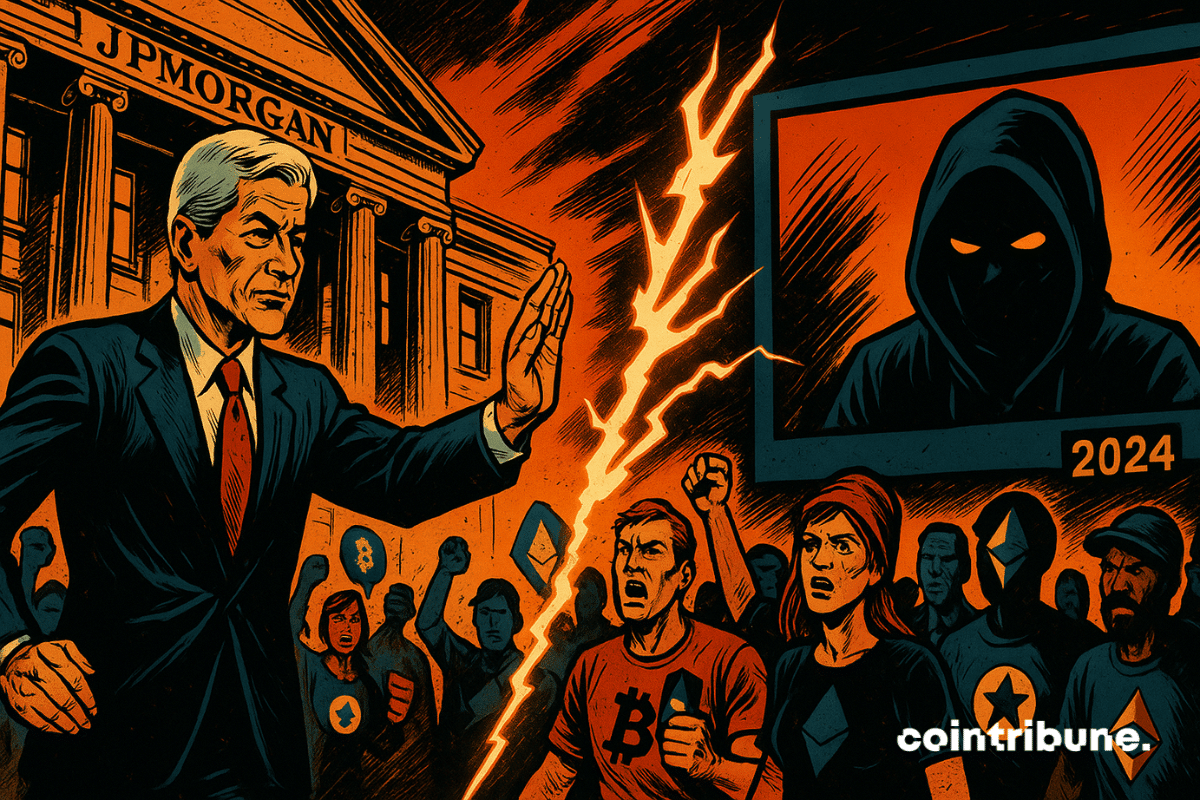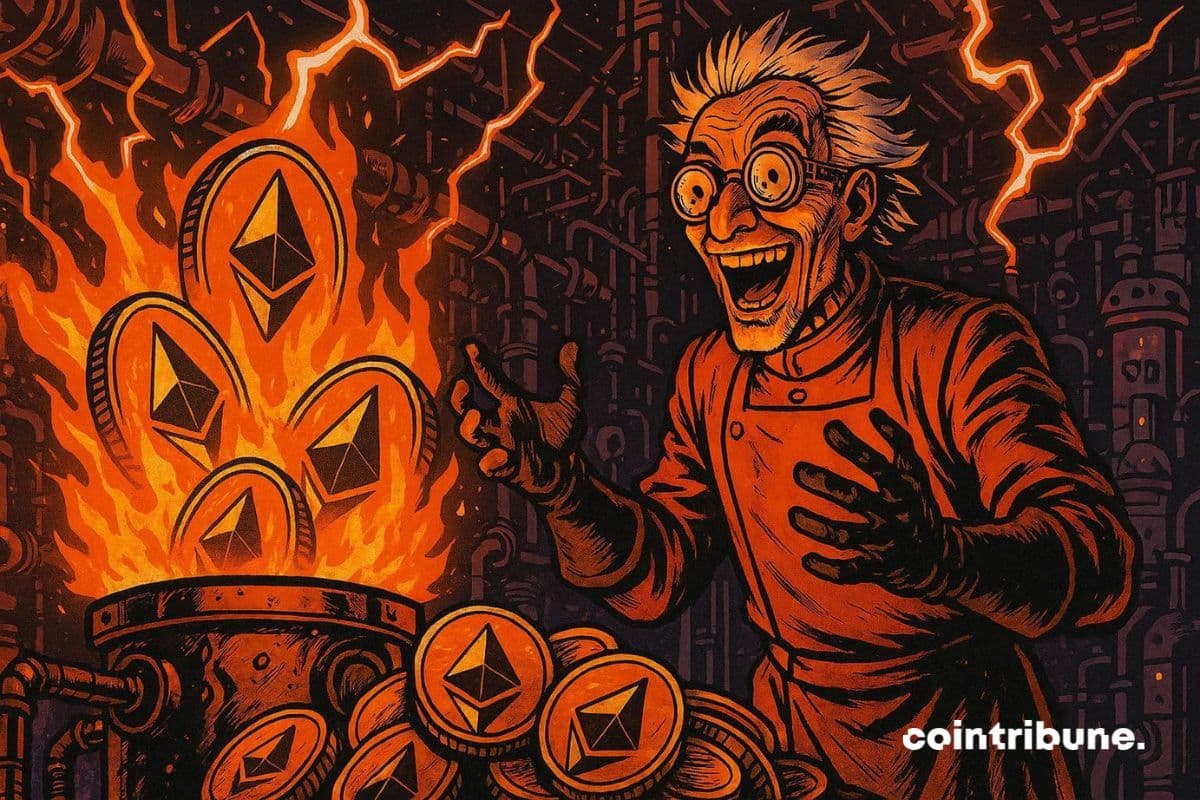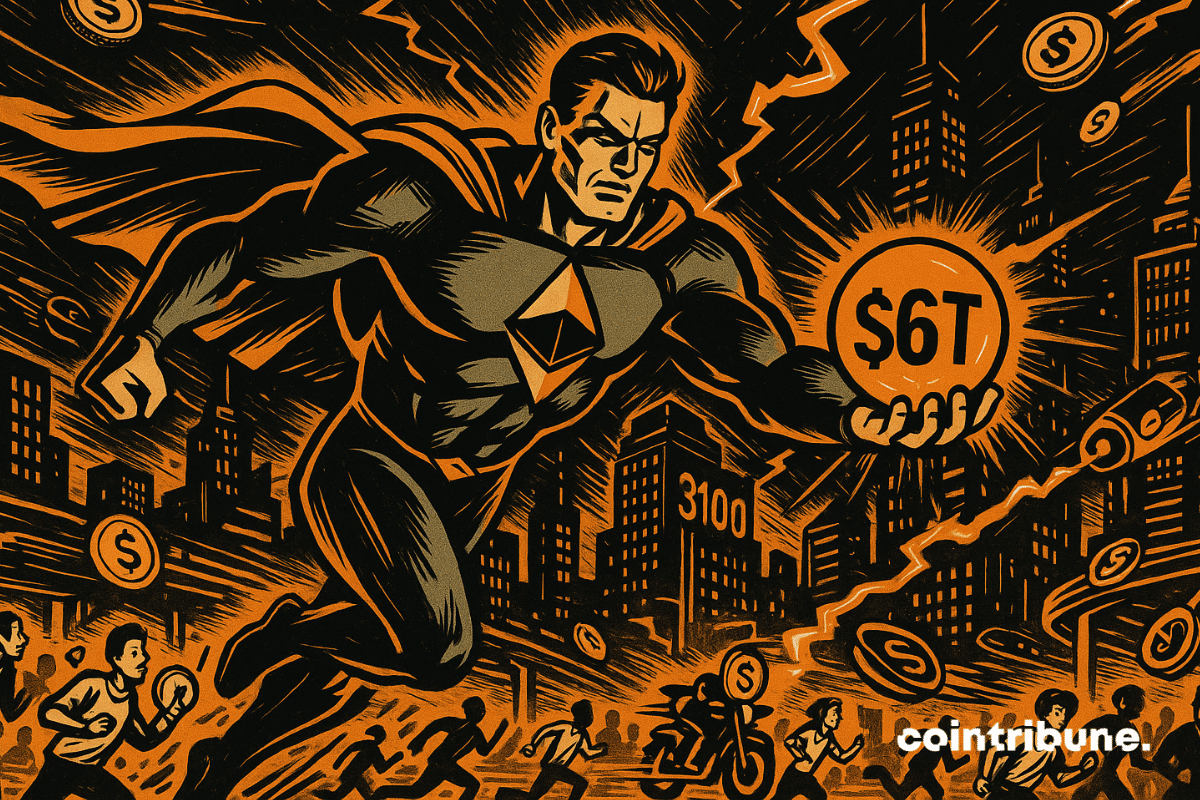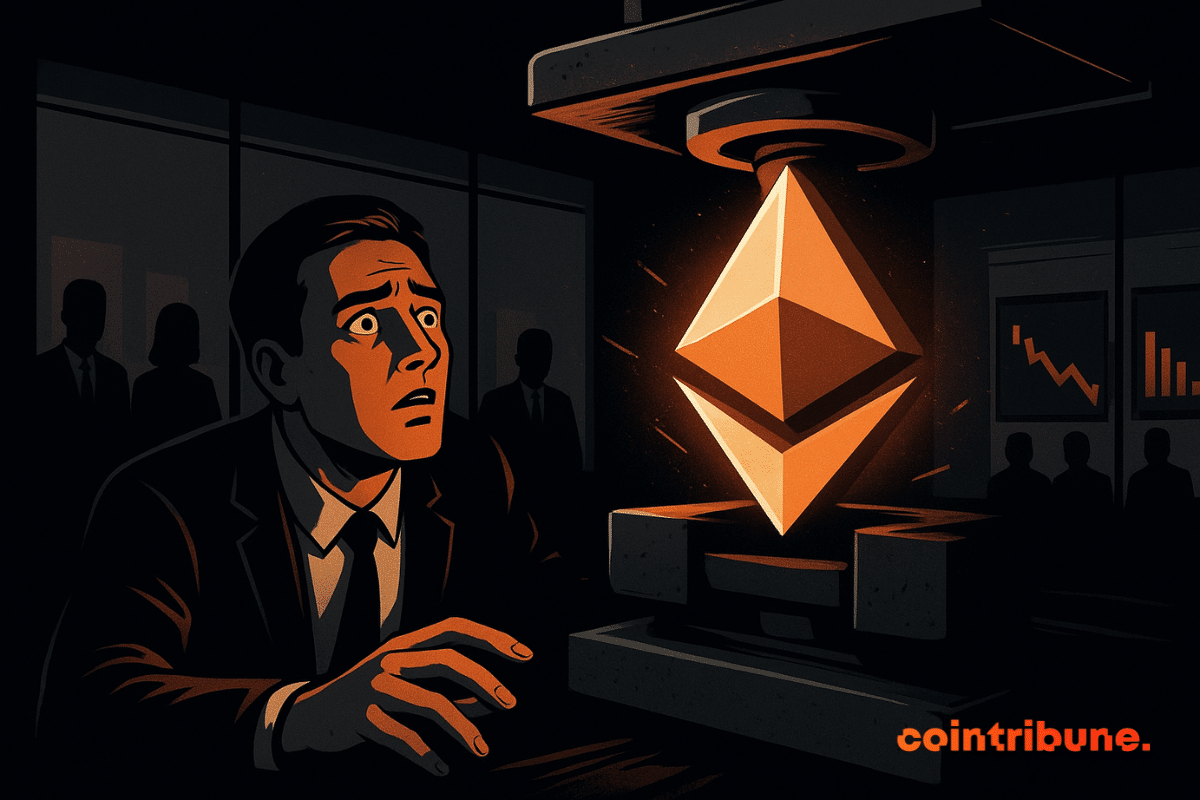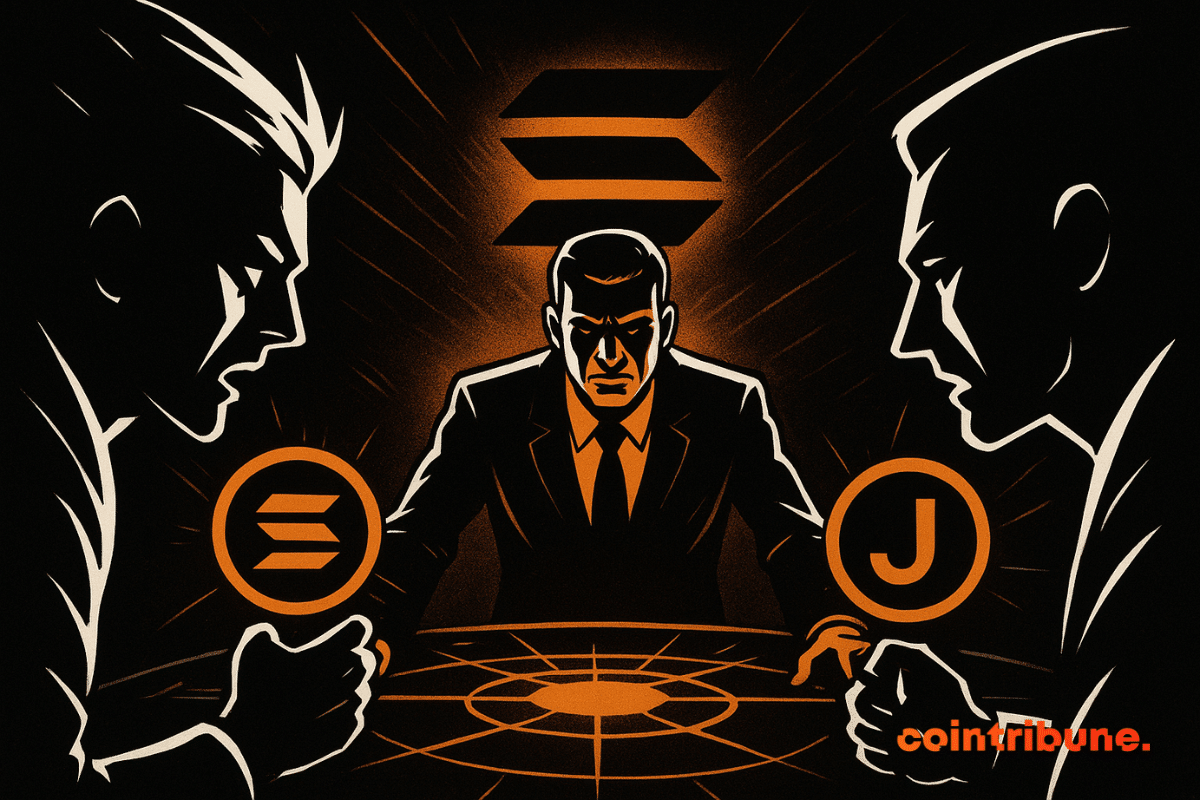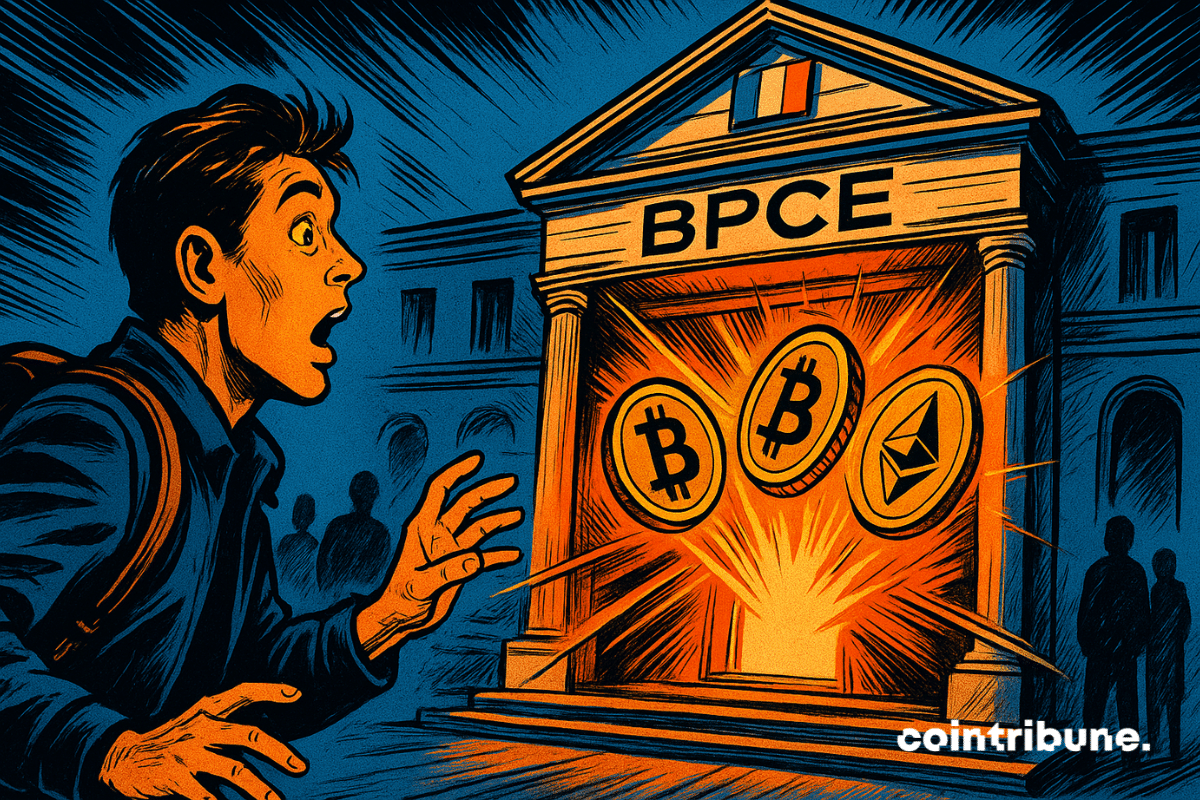Shiba Inu is moving through a quiet but steady phase as the broader crypto market works toward a gradual recovery. Price action stays compressed between $0.0000085 and $0.000009, creating a stable zone while traders wait for a clearer shift in sentiment. Even with the calm movement on charts, several ecosystem updates show the project continues to focus on long-term progress.
News
Circle, the issuer of the famous USDC, takes a decisive step by developing USDCx, a stablecoin designed to offer banking privacy to companies and institutions. Developed in partnership with Aleo, this project answers a growing demand: how to benefit from blockchain without exposing transactions to the public?
Is crypto at the dawn of its decisive moment? For Matt Huang, co-founder of the Paradigm fund, the industry is approaching a historic turning point, comparable to the arrival of Netscape in the 90s or the iPhone in 2007. These revolutions marked the mass adoption of the Internet and mobile. Today, between technological advances and the influx of institutional capital, crypto could experience its own tipping point, the one that moves a marginal innovation to global usage.
On the eve of a decisive Fed meeting, Bitcoin surprises by crossing the $94,000 mark, a symbolic threshold that reignites the debate over a possible bullish comeback. This rebound occurs after several days of hesitation and in a climate of macroeconomic tension, where markets scrutinize the slightest monetary signal. Between technical rebound and investor caution, the crypto market is stirring but remains suspended to the FOMC announcements.
The XRPL 3.0.0 update has just landed, and it could change everything for XRP. With critical fixes, innovative features like "Smart Escrows," and bullish potential for the price, this technical evolution marks a decisive turning point in the crypto ecosystem.
Is bitcoin shaking in the face of the Japanese rate hike? While markets fear a return of "yen carry trade," experts reveal why this threat is overestimated — and where the real dangers for BTC lie.
The crypto market is booming: Polygon activates an update that could transform the entire ecosystem. All the details in this article!
Dogecoin struggles to convince institutional investors. Despite a strong capitalization and a media-covered launch, crypto-backed ETFs show volumes in free fall. In a sector where Bitcoin and Ethereum concentrate the bulk of flows, the disinterest in DOGE illustrates the limits of assets perceived as too speculative.
Bitcoin is soaring, Binance is struggling, shrimps flee, whales dance… and ETFs scoop up the stakes. Here's a crypto-comedy that would be funny if it weren't so serious.
The NFT market collapses in 2025: with only $320 million in sales in November and a free-falling capitalization down 66%, the crypto winter hits hard. Which collections resist? Why is Ethereum shaking? Complete analysis of the numbers and upcoming risks.
Bitcoin stays over 90,000 dollars after a volatile weekend, with traders watching key levels and the Fed meeting to gauge whether momentum can return.
BlackRock discovers Ethereum staking and joins the yield banquet. But who is really dining at the table? The investor, the institution... or the tax authorities watching?
Elon Musk and the EU face off in an unprecedented duel after a historic $140 million fine. Between tech regulation, geopolitical tensions, and American support, this clash redefines digital rules. Who will emerge victorious from this war?
Pressure is mounting ahead of Do Kwon’s upcoming U.S. sentencing as a federal judge reviews how his convictions relate to open cases in South Korea and Montenegro. The court is seeking clarity before deciding how long the Terraform Labs co-founder will stay in U.S. custody and whether his time abroad should factor into the final sentence.
Tether and other investors provided €70 million to Generative Bionics, helping the startup advance its AI-driven humanoid robots for industrial use.
Bitcoin slipped below $90,000 at Wall Street's opening, wiping out gains made in Asia. This reversal comes despite signs of accumulation on exchanges, revealing a gap between short-term moves and a long-term holding trend. Selling pressure temporarily takes over in a market still torn between speculation and conservation strategy.
The United States takes a decisive step in integrating cryptos into the traditional financial system. Caroline Pham, acting chair of the CFTC, has just authorized the use of bitcoin, Ethereum, and USDC as collateral in the U.S. derivatives markets. A decision that could well redefine the rules of the game.
What if bitcoin became the foundation of the future global banking system? Michael Saylor, executive chairman of Strategy, now urges nation-states to create digital banks backed by bitcoin. Far from an isolated provocation, this proposal fits into a climate of financial market shifts, marked by growing distrust of traditional banks and a global search for more profitable and resilient solutions against economic uncertainties.
What if Ethereum users could lock in the price of their future transactions in advance? This is the bold path opened by Vitalik Buterin. Facing the persistent volatility of network fees, Ethereum's co-founder envisions the creation of gas futures contracts, a hedging mechanism that could revolutionize economic planning on the blockchain.
While bitcoin hovers around $91,000 after its October peak, Strategy surprises the markets with a massive purchase of over 10,000 BTC. This billion-dollar bet, amid a prolonged downturn, reignites debates on the viability of the "Bitcoin treasury" model. The move fascinates as much as it worries: should it be seen as a strategic conviction or a major financial risk for an already pressured company?
CoinShares reports $716 million in weekly inflows into its digital asset ETPs, marking the second consecutive week of positive flows. This growth brings assets under management to $180 billion, up 7.9% from their November low. Data show increased investor participation, with significant contributions from the United States, Germany, and Canada.
These companies thought they were riding the bitcoin wave, but they are drowning in their own debts. The crypto king is nosediving, and the kings of leverage are getting slapped.
Accused of closing crypto accounts linked to Trump, JPMorgan denies and denounces unfair rules. All the details here!
Ethereum has just reached a historic milestone: 6 million ETH burned, equivalent to $18 billion up in smoke. Yet, against all odds, its supply keeps increasing. How to explain this paradox that defies the logic of the crypto ecosystem?
Ethereum’s network shows record stablecoin activity, $6T in Q4 settlements, low fees, and steady prices above $3,000.
Ether has entered an important phase as exchange balances drop to their lowest level in nearly ten years. Supply continues moving into staking and long-term holding, leaving fewer tokens available for trading. Market structure is tightening even as investor sentiment remains cautious. Recent network events and steady institutional demand are also adding to this overall market trend.
Solana’s lending sector is dealing with one of its most visible internal disputes of the year, raising concerns about how public conflicts may affect trust in the ecosystem. A tense exchange between Kamino Finance and Jupiter Lend has now pulled in Solana Foundation president Lily Liu, who urged both projects to direct their energy toward growing Solana’s overall lending market.
Bitcoin has just crossed $91,000, but the euphoria is not spreading to all market segments. Mining company stocks fell 1.8% over the week, while trading volumes dropped 25%. This decline reflects less a simple technical pause than a deeper malaise in a sector weakened by rising production costs.
BPCE, a heavyweight in the French banking sector, launches its crypto trading service this week through its mobile applications. A revolution: buying Bitcoin will become as easy as checking your balance.
On December 14, Bittensor, a decentralized artificial intelligence network, will reduce the issuance of its TAO token by half. Launched in 2021, the project combines blockchain, machine learning, and an incentivized economic model. This first halving marks a structuring milestone in its evolution, similar to the four-year bitcoin cycle.

